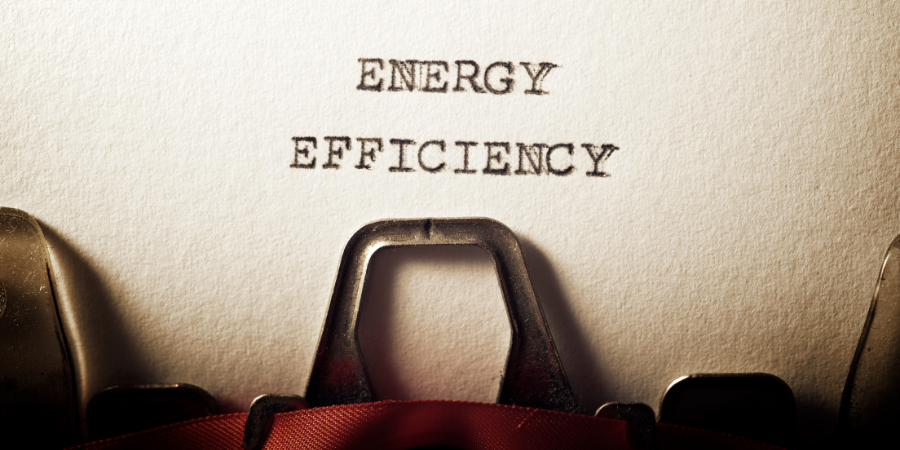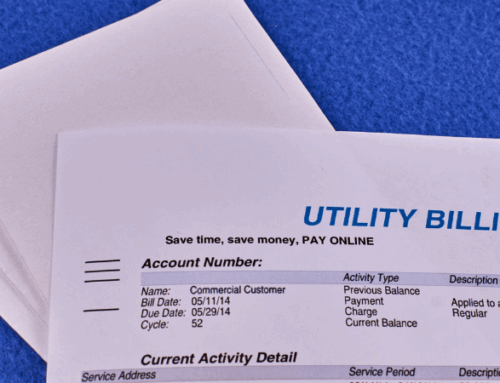Energy efficiency is a critical component of commercial energy management. As businesses seek to reduce energy costs and environmental impact, understanding energy efficiency ratings becomes increasingly important. This article explores the development of energy efficiency standards, types of efficiency ratings, and how these apply to commercial buildings. It also delves into the incentives available for commercial energy customers and how to incorporate these ratings when shopping for commercial energy.
The Development Of Energy Efficiency Standards
??Energy efficiency standards have evolved significantly over the years. Initially, these standards aimed to provide a baseline for energy consumption, ensuring that appliances and systems met minimum efficiency requirements. Today, they are sophisticated tools used to drive innovation, reduce energy consumption, and promote sustainable energy practices in both residential and commercial settings.
Understanding The Types Of Energy Efficiency Ratings
Energy efficiency ratings are metrics used to evaluate the energy performance of buildings, appliances, and systems. These ratings help consumers and businesses make informed decisions about energy use and efficiency. The different efficiency ratings are rooted in different metrics, all contributing to the overall goal of energy efficiency. Let’s explore the different types of efficiency ratings in more detail below.
ENERGY STAR
This is a widely recognized symbol for energy efficiency for motors and specific energy-consuming equipment. The calculation of the ENERGY STAR rating involves several steps and factors tailored to different types of products and buildings. Some of those factors include:
- Product-specific information
- Performance testing
- Energy benchmarking
- Third-party certification
LEED (Leadership in Energy and Environmental Design)
A globally recognized green building certification system, LEED is a way to determine the overall energy and environmental impact of a building. There are several metrics taken into consideration when applying this standard including:
- Location to transportation
- Sustainable assets
- Water efficiency
- Energy performance
- Building materials
- Indoor air quality
- Regional environmental priorities
- Adoption of emerging energy technologies
HERS (Home Energy Rating System)
Primarily used for residential buildings, this rating measures a home’s energy efficiency. The metrics that determine this rating include:
- Building insulation
- Air leakage
- Duct leakage
- HVAC efficiency
- Water heating efficiency
- Lighting and appliances
- Renewable energy
- Ventilation systems
EER (Energy Efficiency Ratio)
Used primarily for cooling systems, it measures the ratio of cooling output to electrical energy input. Some of the metrics that determine this ratio include:
- Cooling capacity
- Power consumption
- Indoor temperature settings
- Energy efficiency calculation (cooling capacity / power consumption)
Commercial Building Energy Efficiency
Energy efficiency in commercial buildings is crucial for reducing operational costs, reducing carbon emissions, and improving environmental sustainability. Different types of commercial buildings consume varying amounts of energy, depending on their function and usage patterns. Let’s explore the different building types and their energy consumption behaviors:
Mercantile Buildings
These include retail stores and shopping malls. They have high energy consumption due to extensive lighting and HVAC requirements. The businesses often use power during expensive on-peak hours, driving up electricity demand costs.
Education Buildings
Schools and universities require significant energy for lighting, HVAC, and electronic equipment. One advantage of energy use in schools is that they are often not consuming as much energy during Summer months that determine peak demand for capacity and transmission ratings.
Healthcare Buildings
Hospitals and clinics are energy-intensive due to 24/7 operations and the need for stringent temperature and hygiene controls. These buildings have little control over when they can consume power as their operations are essential. In fact, many of these buildings often install commercial energy storage systems or back-up generators, so that their power supply is never interrupted.
Warehouses
These facilities consume energy for lighting, HVAC, and material handling equipment. Some warehouses can shift energy demand to off-peak hours, or replace systems with more energy efficient motors and lighting.
Foodservice Buildings
Restaurants and cafeterias use a lot of energy for cooking, refrigeration, and HVAC. Some of these buildings have 24-hour energy usage due to cold storage and food refrigeration needs.
Appliances and Energy Consumption
Commercial buildings rely on various appliances that contribute significantly to overall energy consumption. These include HVAC systems, lighting, refrigeration units, and office equipment. Choosing energy-efficient systems for commercial buildings can lead to substantial savings.
Incentives for Commercial Energy Customers
Various incentives are available for commercial energy customers to promote energy efficiency. These can include tax credits, rebates, and grants for upgrading to energy-efficient systems. For example, the ENERGY STAR program offers significant rebates for energy-efficient appliances.
Incorporating Efficiency Ratings When Shopping for Commercial Energy
When shopping for commercial energy, considering energy efficiency is essential. Here’s why and how businesses can incorporate these efficiency ratings into their decision-making process:
Benefits
- Cost Savings: Energy-efficient systems reduce utility bills and operational costs. They can also help you to lower peak demand and ultimately reduce supply costs such as energy capacity and electric transmission charges.
- Environmental Impact: Lower energy consumption reduces carbon footprint. By using less energy, you can contribute to a greener energy future.
- Compliance: Meeting or exceeding energy efficiency standards can help ensure compliance with local regulations and sustainability goals. This can also help to improve your business’s image with customers and the public.
Actions To Take
- Assess Current Energy Use: Conduct an energy audit to understand current consumption and identify areas for improvement. Utilizing an energy consultant or energy brokerage firm to download and analyze historical energy consumption can be an easy way to do this.
- Research Energy Efficiency Ratings: Look for appliances and systems with high energy efficiency ratings. Replacing old lighting with new LED systems or upgrading HVAC units can be a great way to reduce a significant amount of your power consumption.
- Consider Incentives: Take advantage of available incentives for upgrading to energy-efficient systems. There are many utility rebate programs available to help offset the cost of installing these systems.
- Consult Experts: Work with energy consultants or brokers to navigate the complexities of commercial energy shopping. Check out our guide on how to choose a commercial energy broker.
What To Watch Out For
- Initial Costs: Energy-efficient systems may have higher upfront costs. However, long-term savings usually justify the investment. There are several financing options available from retail energy suppliers that allow for on-bill financing of energy efficiency projects.
- Compatibility: Ensure new systems are compatible with existing infrastructure. For example, some LED lighting systems require certain ballasts to install. Ensuring compliance with existing infrastructure will help to reduce the costs of having to upgrade any equipment.
- Maintenance Requirements: Some energy-efficient systems may require specialized maintenance. Commercial solar systems, for example, require annual maintenance and cleaning. It is best to learn about these maintenance costs upfront and build them into your financial model.
Need Help With Your Efficiency Strategy?
Energy efficiency ratings are an indispensable tool for managing commercial energy consumption effectively. By understanding and utilizing these ratings, businesses can achieve significant cost savings and environmental benefits. Incorporating energy-efficient systems and taking advantage of available incentives can lead to a more sustainable and cost-effective energy strategy.
To learn more about how to improve your commercial energy efficiency or to explore energy-efficient options, contact our team of energy professionals today.



